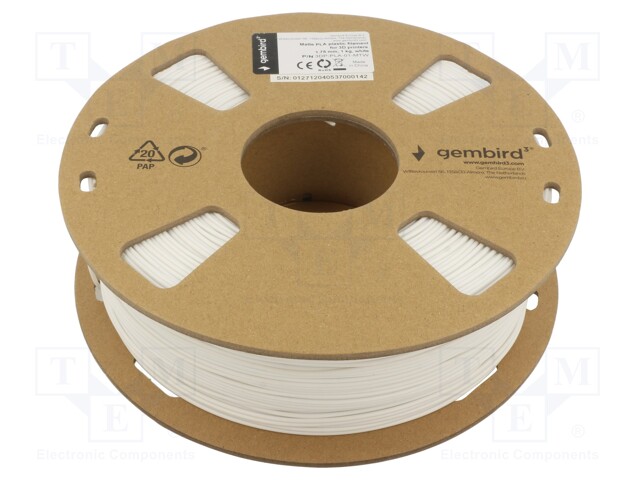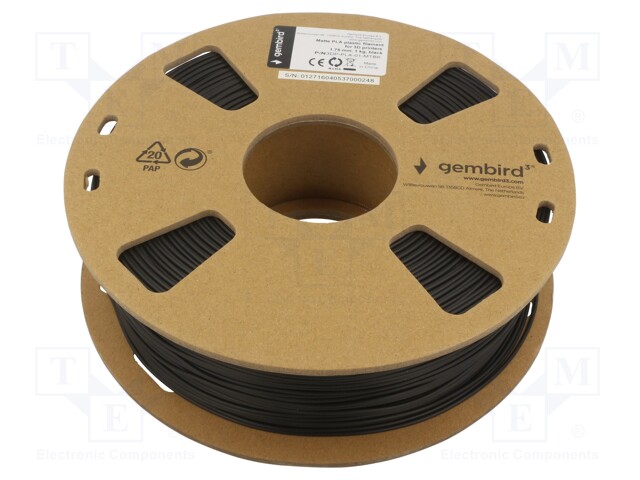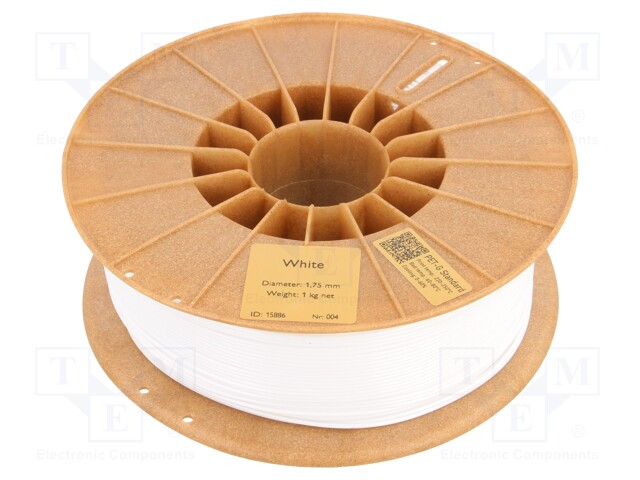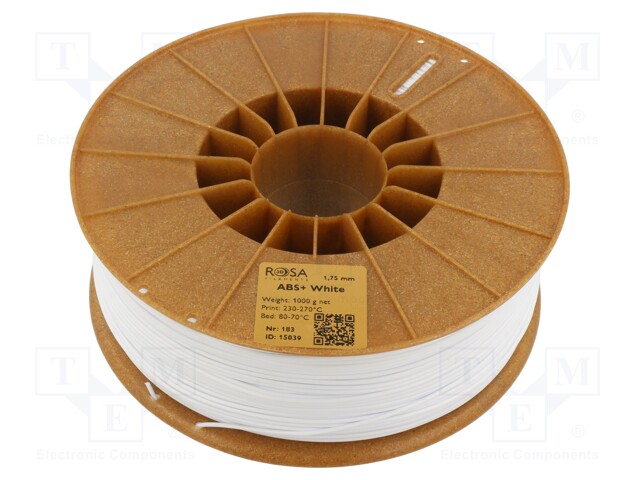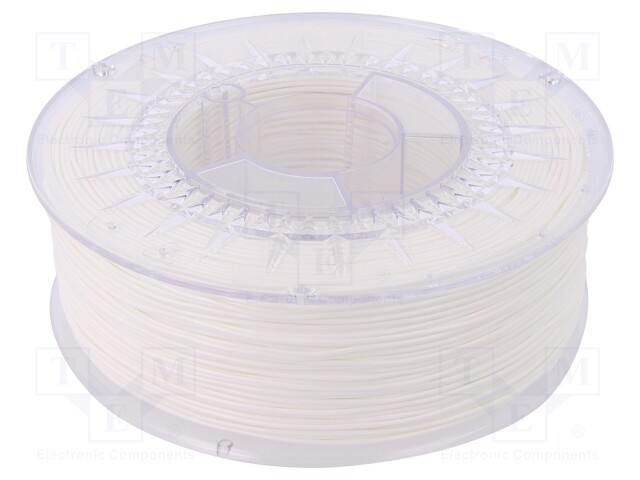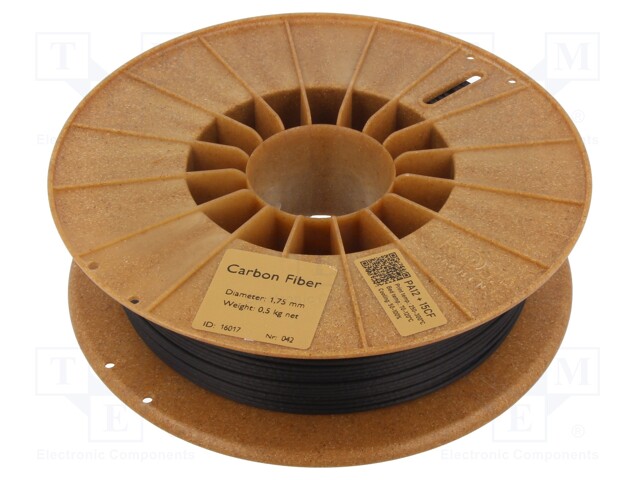3D printing is such an exciting field for many different reasons, including the seemingly limitless options it provides.
One of those seemingly endless possibilities includes choosing the right 3D printing filaments. When you examine the different filaments that are out there, it can be overwhelming trying to figure out which one is the right one for you. Each filament has its unique properties, uses, and characteristics to consider… Where do you start?
In this blog post, we’ll provide our recommendations on how to choose 3D printer filaments, based on several different properties. This article will be a general overview. For more technical properties on each of our filaments, check out our technical datasheets.
In this blog we won't discuss the diameter of the filament. Before buying, make sure the filament you have chosen fits your 3D-printer. The most common diameter is 1.75mm.
1. Best filament for beginners
If you are a beginner in 3D printing, some materials will be easier for you to use as you get acquainted with the process. The most common materials for beginners are PLA and PET-G.
PLA is generally the most commonly used material in 3D printing, especially for beginners. This is because it is fairly easy to print with a standard configuration, and inexpensive. But, PLA isn’t only for beginners. In fact, many manufacturers and designers use it for prototyping and tooling.
PET-G is another great filament for beginners. It is also easy to print, but it displays similar properties to ABS, which is a more mid-level material. You can easily print PET-G with BCN3D’s Cura standard configuration and easily get good results.
2. Advanced and Professional Users
PP, ABS, PA ja TPU are considered mid-level filaments because they can print more complicated designs. You can use a standard profile for these mid-level materials, but you may also have to tweak your configuration in Cura or your printing software.
Professional users may find themselves using materials like PPGF30 or PAHT CF15, which are filaments that contain glass fiber and carbon fiber respectively. These are considered more professional materials because they are also harder to print and because you need a special hot-end to print the filaments.
3. Materials for Prototyping and Tooling
A common use of 3D printing is building prototypes and tools that help facilitate the manufacturing process. PLA and PET-G tend to be the most commonly used materials. But, if you need your prototype or tool to be resistant to strong chemicals, heat, or stress, then you will need to consider a more advanced material, like ABS or TPU.
Specifically for tooling, look for materials that are more durable and reinforced. A good option would be a carbon fiber material, like PAHT CF15, that has more resistance.
4. Commercial Use Needs
If you have a product that will need to be ready for commercial use, then you will most likely go with a mid-level or professional material, like PA, PAHT CF15, or TPU.
TPU’s main characteristic is that it is flexible and durable. This makes TPU a great option for products that need to bend and last a long time.
SOURCE: BCN3D

